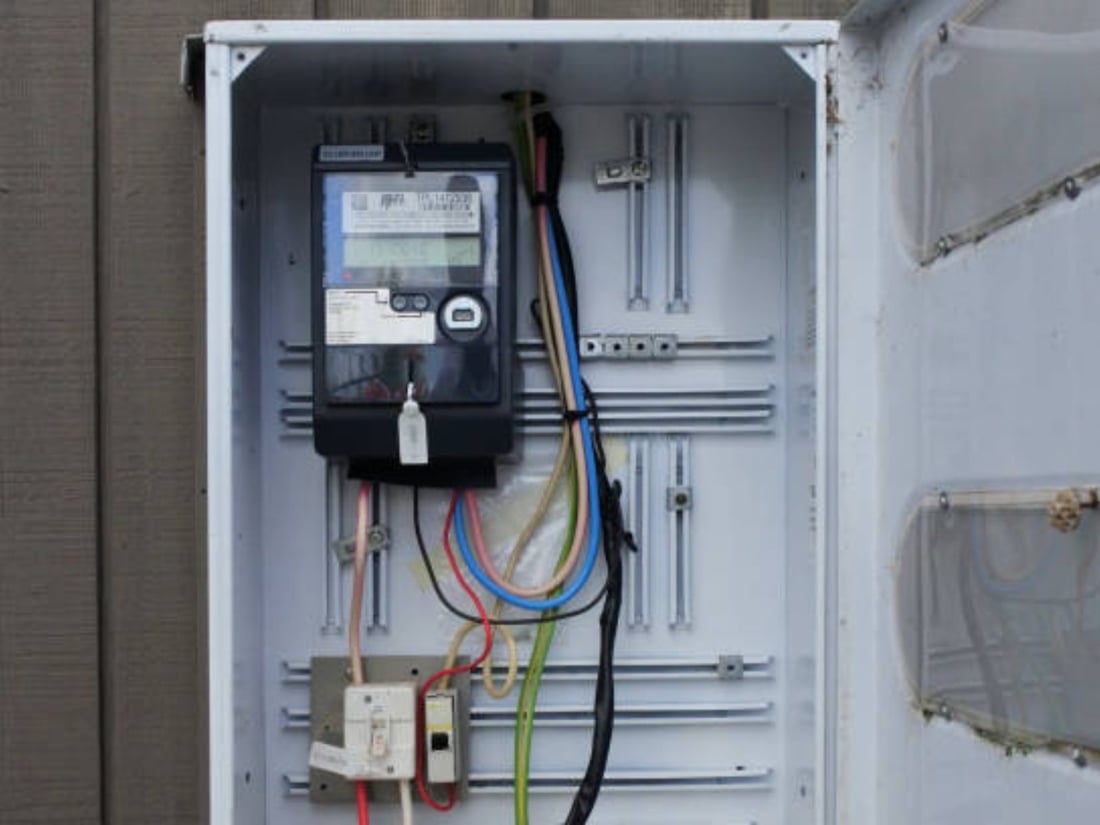The Importance of a vibration check meter for Machine Maintenance
A vibration check meter is an essential tool for monitoring the overall condition of machinery and ensuring it is working at peak efficiency. Used by maintenance technicians, engineers, and other industry professionals, these devices can help identify potential mechanical problems before they cause serious damage or failure. In this article, we’ll discuss the benefits of a vibration check meter and explore the different approaches for using it to get accurate readings.
What is a Vibration Check Meter and How Does it Work?
A vibration check meter is a device used to measure the level of vibration produced by a piece of machinery. It consists of a sensor or transducer that is attached to the machine and a display unit that shows the measurement data. The sensor detects the vibrations and converts them into electrical signals, which are then displayed on the screen in units of acceleration, velocity, or displacement.
Why Use a Vibration Check Meter?
Vibration is one of the most reliable indicators of the health of a machine. By monitoring and analyzing the vibrations produced by a piece of machinery, maintenance professionals can gain insight into the condition of its various components, such as bearings, gears, and motors. These devices can help detect potential problems early on, such as worn parts or misalignments, so they can be addressed before they lead to costly repairs or machine downtime.
When Should You Use a Vibration Check Meter?
It’s important to use a vibration check meter on a regular basis to establish a baseline of machine performance and to track any changes over time. Ideally, vibration measurements should be taken during normal machine operation, when the machine is under load and operating at its full capacity. Monitoring vibrations during startup and shutdown can also provide valuable information about changes in the machine’s condition.
How to Use a Vibration Check Meter
Before using a vibration check meter, it’s important to read the manufacturer’s instructions carefully. Generally, the steps for using a meter are as follows:
- Attach the sensor to the machine according to the manufacturer’s instructions
- Power on the meter and calibrate it, if necessary
- Take a vibration measurement at the designated point(s) on the machine
- Record the measurement data and compare it to previous measurements or established baselines
- Analyze the measurement data to identify any potential problems or changes in the machine’s condition
Interpreting Vibration Measurements
Vibration measurements are typically expressed in units of acceleration, velocity, or displacement, depending on the type of sensor used. The appropriate unit of measurement may vary depending on the machine being monitored and the specific component being examined. As a general rule, an increase in vibration measurements over time, or a sudden spike in measurement values, may indicate a problem with a component or a change in the machine’s overall condition.
Tips for Accurate Vibration Measurements
To ensure accurate measurements, it’s important to follow best practices when using a vibration check meter:
- Use the right type of sensor for the application
- Ensure that the sensor is properly attached to the machine
- Take measurements at the same location(s) each time
- Take measurements under similar operating conditions
- Calibrate the meter regularly to ensure accuracy
Vibration Check Meter Maintenance
As with any measurement equipment, regular maintenance of a vibration check meter is critical for ensuring its accuracy and longevity. It’s important to follow the manufacturer’s guidelines for maintenance, calibration, and storage of the device. Some general tips for maintaining a vibration check meter include:
- Store the meter in a dry, cool location
- Keep the device clean and free of debris
- Calibrate the meter according to the manufacturer’s instructions
- Select the right type of sensor for the job
- Replace any damaged or worn parts as necessary
The Bottom Line: Vibration Check Meters are Essential for Machine Maintenance
A vibration check meter is an essential tool for monitoring the overall condition of machinery and ensuring it is working at peak efficiency. Used correctly, these devices can help detect potential problems before they cause serious damage or failure, saving time and money in the long run. By following best practices for using and maintaining a vibration check meter, technicians and engineers can keep their machines running smoothly and avoid unexpected downtime.

